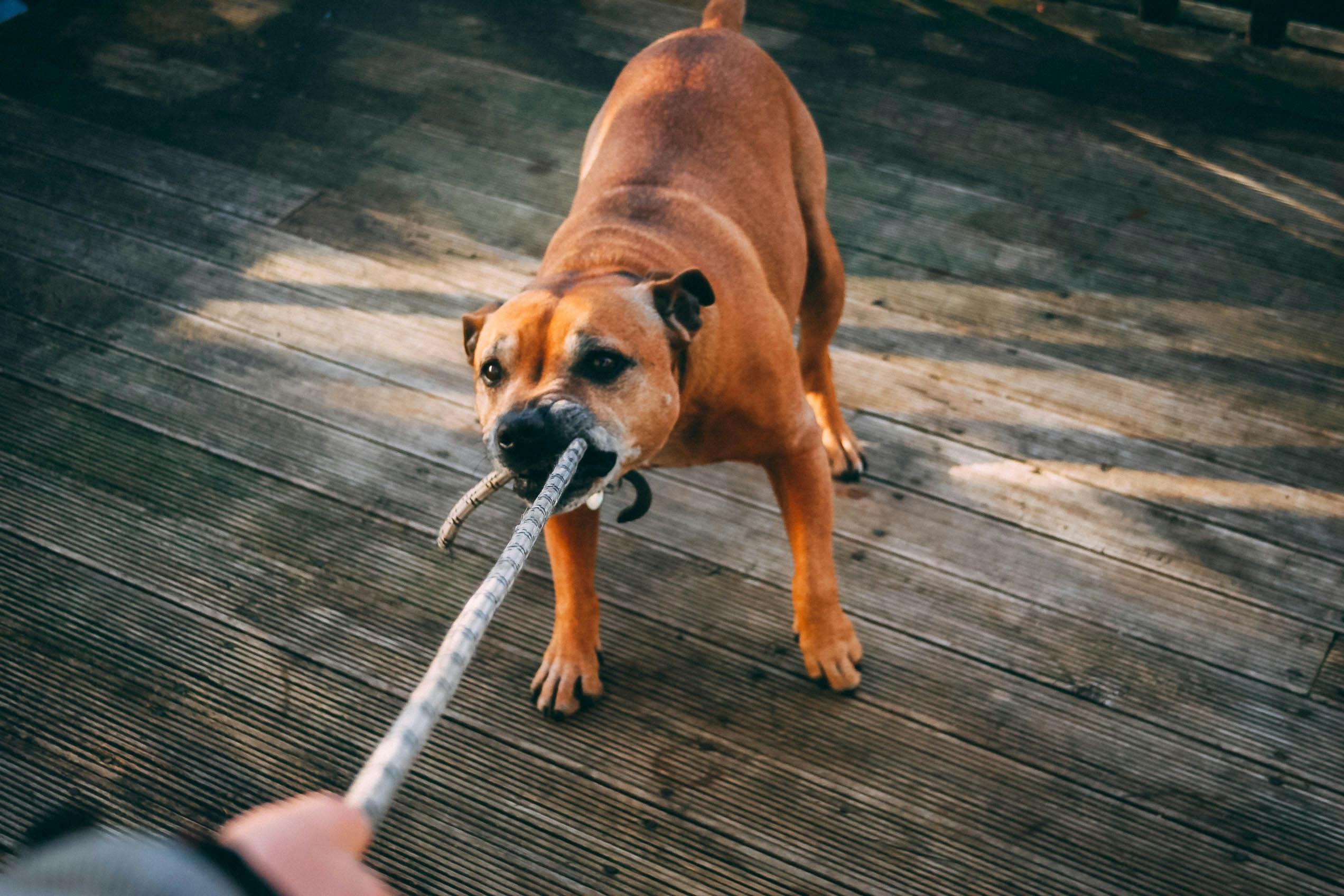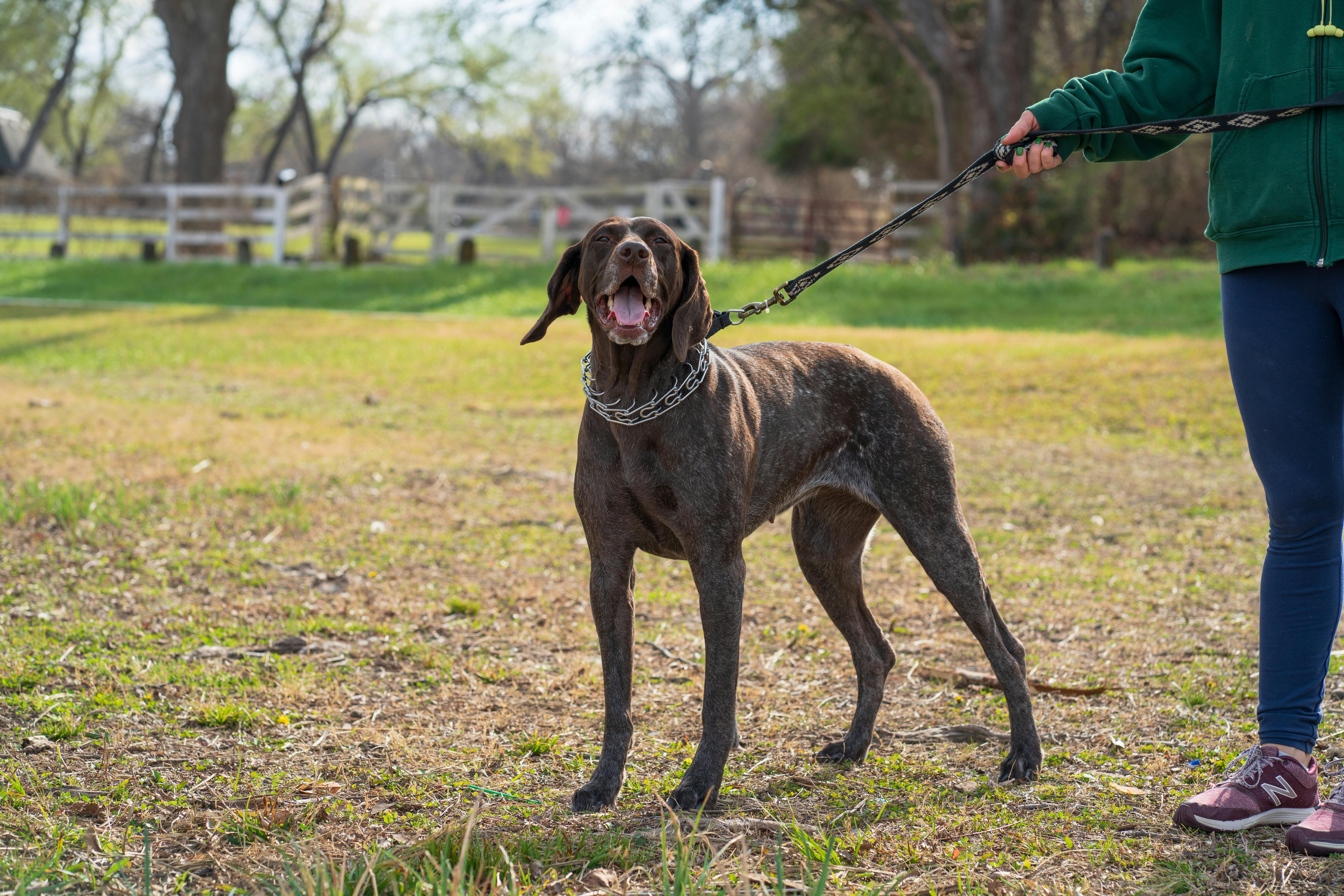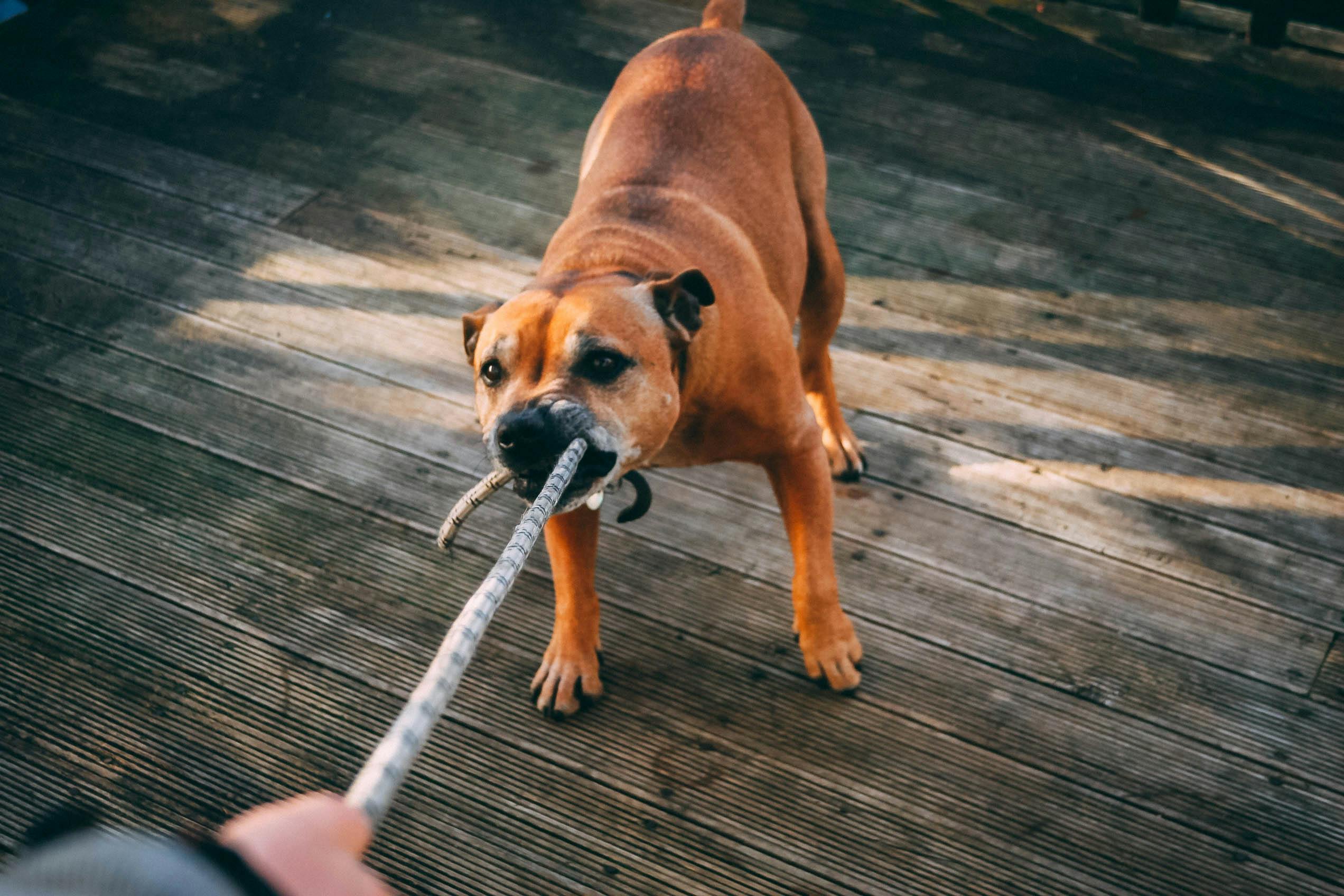Mastering Dog Check Cord Training for Better Control
Dog check cord training has emerged as a cornerstone technique for improving obedience, recall, and off-leash control. As more pet owners seek reliable ways to manage their dogs in open environments, this method has gained significant popularity. In this comprehensive guide, you’ll learn how to effectively use a check cord, apply structured routines, and elevate your dog’s performance through proven strategies.

Understanding the Fundamentals
Dog check cord training revolves around using a long line—typically 20-30 feet—to give your dog controlled freedom while teaching it critical commands. Originating from hunting dog practices, the check cord has become a valuable tool for all dog owners.
Whether you’re building reliable recall or reinforcing boundaries, understanding the basics is essential. Think of it like training wheels for off-leash behavior—providing support while the dog learns to self-regulate.
1.1 What Is a Check Cord?
A check cord is a long, durable leash that helps you guide your dog while allowing freedom to explore. Unlike standard leashes, it doesn’t restrict movement but provides just enough restraint to reinforce commands.
Commonly made from nylon or rope, check cords are especially useful during the early stages of recall training or in large open spaces where control matters. They simulate off-leash behavior while maintaining a safety tether.
1.2 Why It Works
Unlike retractable leashes or short leads, the check cord lets you manage distance, tempo, and direction. It bridges the gap between leashed and off-leash behaviors, building trust through consistency.
With repeated, structured use, dogs learn to respond even without visible restraint—making this method ideal for both everyday obedience and specialty training like fieldwork or agility.
Practical Implementation Guide
Now that you understand the “what” and “why,” it’s time to dive into the “how.” Practical application ensures you reap the full benefits of dog check cord training. Expect gradual but noticeable improvements in attentiveness and reliability.

2.1 Actionable Steps
- Choose the Right Equipment: Start with a 20-30 foot check cord made of lightweight but sturdy material. Attach it to a flat collar or slip lead depending on your dog’s sensitivity.
- Begin in Low-Distraction Areas: Practice commands like “come,” “sit,” and “stay” in a quiet area to build a foundation before progressing to busier environments.
- Progress Gradually: Increase distance and distractions as your dog succeeds. Aim for daily sessions of 15-30 minutes, building consistency and focus over weeks.
2.2 Overcoming Challenges
Training with a check cord isn’t without its hiccups. Some common issues include:
- Tangling: Use open areas and let the cord drag behind for smoother movement.
- Resistance: Never yank; instead, apply gentle pressure and reward correct behavior.
- Overexcitement: Keep sessions short and positive to prevent burnout or hyperactivity.
Remember to stay calm and consistent. Most problems resolve with time, patience, and repetition. Positive reinforcement accelerates progress and builds trust.
Advanced Applications
Once your dog masters basic check cord routines, you can explore advanced techniques to further enhance reliability and performance. These methods are especially useful for working breeds, hunting dogs, or dogs transitioning to full off-leash freedom.

3.1 Remote Directional Control
This method teaches your dog to respond to cues from a distance—turning, stopping, or coming on command even 30+ feet away. This level of control is ideal for off-leash parks or field sports.
By combining verbal commands with gentle pressure on the check cord, you establish directional cues. Over time, the dog learns to read your body language and voice without needing the cord at all.
3.2 Pairing with E-Collar Systems
Many advanced handlers combine check cord training with low-level stimulation e-collars for added reliability. The check cord provides physical guidance while the collar reinforces timing and consistency.
When transitioning, ensure your dog already understands the command. Use the e-collar only as reinforcement, not correction, to avoid fear or confusion.
Future Outlook
The dog training world continues to evolve with technology, but the check cord remains a timeless and affordable tool. Innovations in materials and integration with tech-based trackers offer even more precision.
In the next 3-5 years, expect hybrid tools that combine GPS tracking with long-line training aids. Trainers and dog owners alike should stay informed and adaptable to maintain results and relevance.
Conclusion
Dog check cord training is more than just a leash—it’s a communication tool. Three key takeaways include the value of consistency, gradual exposure, and advanced pairing for optimal control.
If you’re looking for a cost-effective, low-tech way to elevate your dog’s behavior, start with the check cord today. Commit to short daily sessions and watch your dog evolve into a confident, responsive companion.
Frequently Asked Questions
- Q: What is a check cord and how is it used? A check cord is a long training leash that gives your dog room to roam while allowing you to guide their behavior using commands and gentle pressure.
- Q: How do I get started with dog check cord training? Start in a distraction-free area with basic commands like “come” and “sit.” Use positive reinforcement and keep sessions short.
- Q: How long does it take to see results? Most dogs show improvement within 2–4 weeks of consistent practice. Factors like breed, age, and training frequency affect timing.
- Q: Is dog check cord training expensive? No, check cords typically range from $10–$30. They’re reusable, durable, and don’t require high-tech gear.
- Q: How does this compare to retractable leashes? Unlike retractables, check cords offer full manual control without tension lag, making them safer for obedience training.
- Q: Is this method hard to learn? Not at all. It’s suitable for beginners. With a bit of practice and consistency, anyone can implement check cord routines effectively.
- Q: Can I use check cord training for working dogs? Absolutely. It’s ideal for hunting dogs, agility competitors, and service dogs needing precise off-leash behavior.
